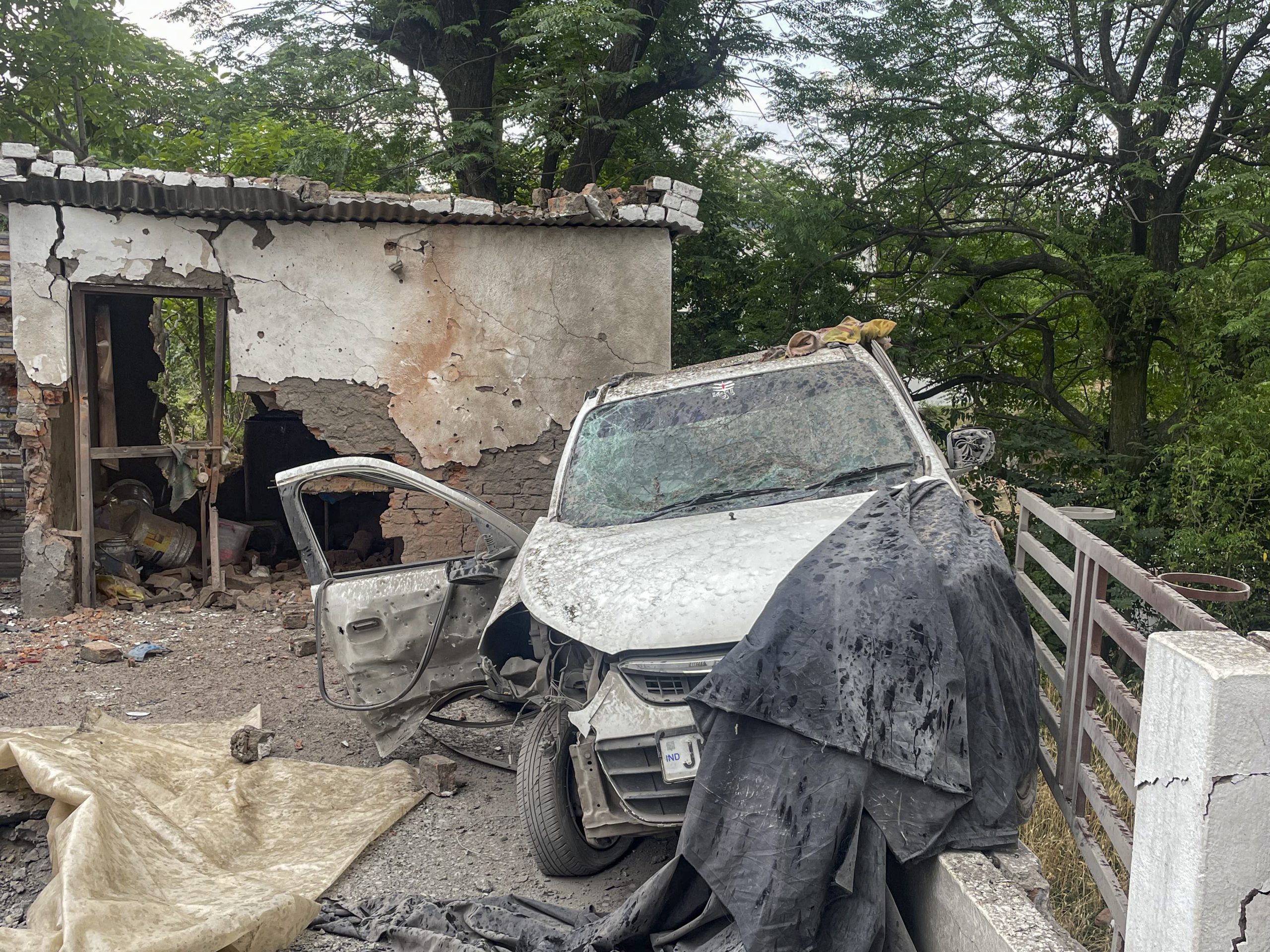Army Thwarts Attempt To Revive Hizbul Mujahideen In J&K; How Terror Outfits Are Changing Their Ways, Hideouts

In a change of tactics, terror outfits in J&K are now building elaborate underground bunkers. Image courtesy: AI-generated picture via Sora
Three individuals linked to terrorist networks were apprehended in Jammu and Kashmir’s Poonch district along with a significant cache of arms and ammunition, police confirmed on Sunday (September 14, 2025). The accused were identified as overground workers of the banned Hizbul Mujahideen, which was attempting to re-establish its footprint in the border region.
“Excellent work by J&K Police. Persistent investigation and tireless efforts have led to the arrest of three terror sympathizers and the recovery of seven AK-series rifles (including four seized earlier), along with a substantial quantity of warlike stores in Poonch,” Inspector General of Police (Jammu) Bhim Sen Tuti posted on X.
The arrested men were identified as Riyaz Ahmad, Tariq Sheikh, and Mohd Shafi. Ahmad and Sheikh were detained on August 31 with two AK assault rifles in their possession, while Shafi’s arrest, based on follow-up leads, resulted in the recovery of additional weapons and ammunition.
How terrorists are changing their ways?
In a marked change of tactics, terror outfits in Jammu and Kashmir are now building elaborate underground bunkers deep within forests and elevated ridgelines instead of relying on shelter in local homes, senior officials told news agency PTI. The shift is driven by declining local support, forcing militants to dig concealed hideouts.
What sparked concerns about the new tactics?
The trend came to light during a recent encounter in the higher reaches of Kulgam, where two terrorists were killed. As the operation unfolded, troops uncovered a hidden trench stocked with rations, miniature gas stoves, pressure cookers, weapons, and ammunition, evidence of a well-prepared underground shelter.
Officials noted that such bunkers are becoming increasingly common in Kulgam, Shopian, and even south of the Pir Panjal, where thick forests and rugged terrain provide natural cover.
Why are bunkers replacing civilian shelters?
A senior officer explained that with locals turning away from separatist ideology and no longer willing to host militants, infiltrators are being pushed to construct hideouts in remote terrain. Many in villages are now seen as potential informers, making underground shelters the only viable option for survival.
Retired Director General of Puducherry Police B. Srinivas, who spent decades in J&K, said the development underscores the erosion of support networks. “They are being forced to dig these bunkers because they can no longer count on towns and villages for cover,” he observed.
How are security forces responding?
Learning from past counter-terror experiences such as Operation Sarp Vinash in 2003, forces are now preparing to integrate technology into their operations. Plans are underway to deploy drones equipped with ground-penetrating radar (GPR) and seismic sensors capable of detecting underground cavities.
Drones can reach inaccessible ridges, while GPR and seismic tools can reveal voids and man-made structures beneath the earth, potentially exposing concealed bunkers.
Pak-sponsored terror: A heavy economic burden?
A recent report has pointed how big of a challenge Pakistan-sponsored terrorism poses, apart from the loss of human lives. Cross-border terrorism sponsored by Pakistan is posing a heavy economic burden on India due to the huge expenditure on border security and the damage to the tourism industry.
What makes this a loaded economic burden is the very fact that border security is capital-intensive. New Delhi’s Border Infrastructure and Management (BIM) umbrella scheme set aside Rs 13,020 crore (2021–26) for fencing, flood lighting, roads, and technology along vulnerable frontiers.
Not just this, but terror cases tend to leave a deep shock, strong enough to depress tourism and services, raise insurance premia, and force sustained deployment of central armed police and military units, with long-term opportunity costs for development spending.
Earlier this year, India refrained from voting on extending a fresh $1.3 billion IMF loan to Pakistan under the Resilience and Sustainability Facility (RSF) lending programme at the meeting.







